Nov 26, 2024
Study finds ZnO nanorods achieve 98.3% Faraday efficiency in CO₂ reduction
Posted by Genevieve Klien in categories: nanotechnology, physics
Nano-ZnO is a potential catalyst material for carbon dioxide electrocatalytic reduction (CO2RR), but its effective Faraday efficiency (FE) is still below 90% and the current density is less than 300 mA cm-2, which is not enough to meet industrial requirements.
A new study published in Chem Catalysis reported on ZnO nanorods for electrocatalytic CO2RR, which after 500°C heat-treatment, achieved the highest oxygen vacancy content, the highest FECO of 98.3%, and a partial current density of 786.56 mA cm-2 in a 3 M KCl electrolyte.
The research was conducted by Prof. Wu Zhonghua and Dr. Xing Xueqing from the Institute of High Energy Physics of the Chinese Academy of Sciences (CAS) and Prof. Han Buxing from the Institute of Chemistry of CAS.
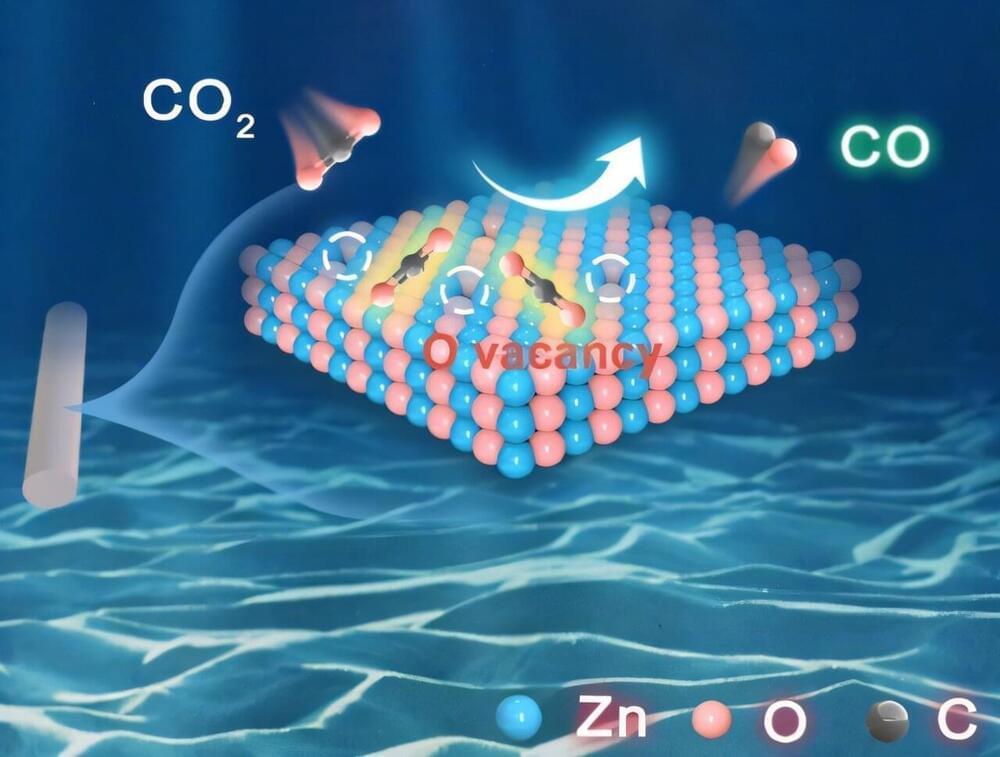
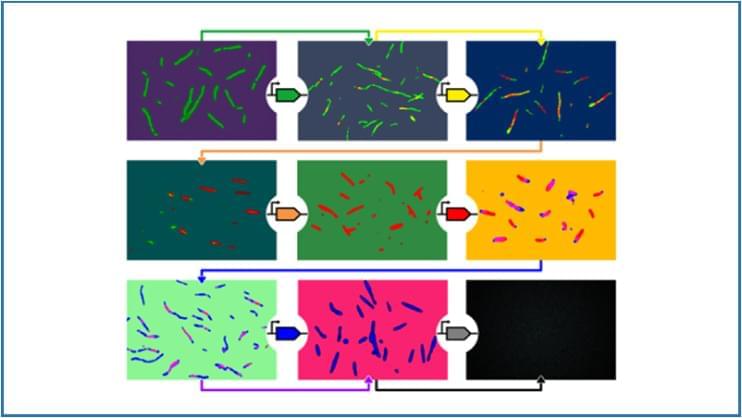
 Neuroscience aficionados may enjoy my preprint that compares leading imaging technologies for whole-brain mammalian connectomics, now with major updates/improvements: Link: arxiv.org/abs/2405.
Neuroscience aficionados may enjoy my preprint that compares leading imaging technologies for whole-brain mammalian connectomics, now with major updates/improvements: Link: arxiv.org/abs/2405.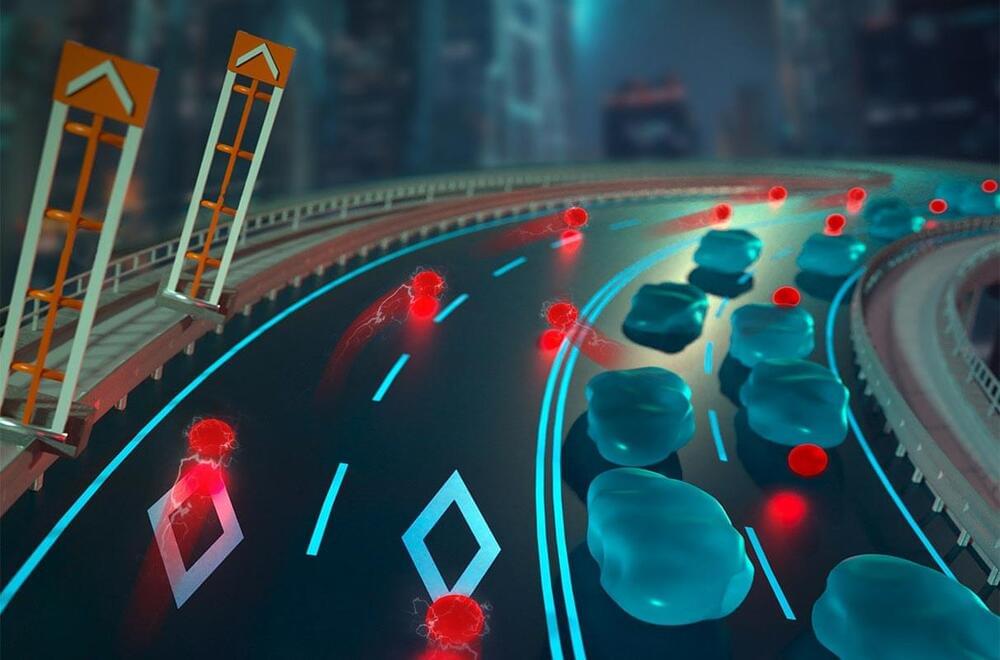

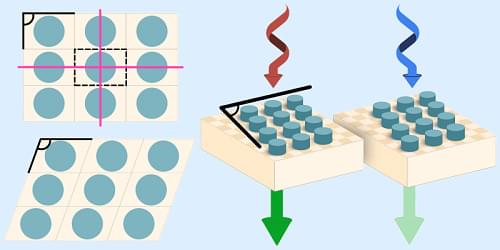

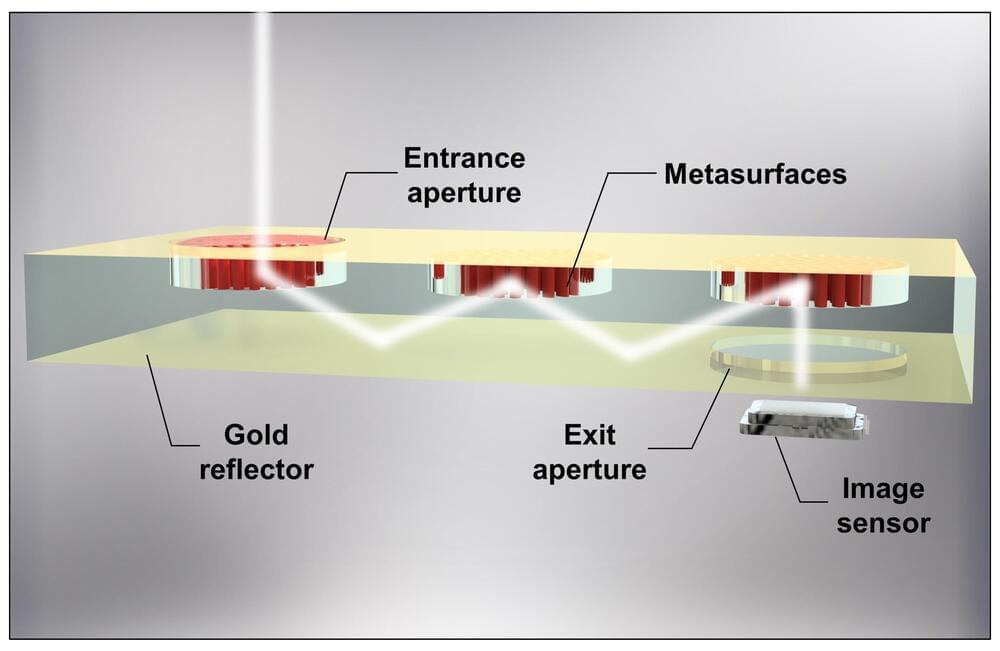
 Tissues take shape during development through a series of morphogenetic movements guided by local cell-scale forces. While current in vitro approaches subjecting tissues to homogenous stresses, it is currently no possible to recapitulate highly local spatially varying forces. Here we develop a method for local actuation of organoids using embedded magnetic nanoparticles. Sequential aggregation of magnetically labelled human pluripotent stem cells followed by actuation by a magnetic field produces localized magnetic clusters within the organoid. These clusters impose local mechanical forces on the surrounding tissue in response to applied global magnetic fields. We show that precise, spatially defined actuation provides short-term mechanical tissue perturbations as well as long-term cytoskeleton remodeling. We demonstrate that local magnetically-driven actuation guides asymmetric growth and proliferation, leading to enhanced patterning in human neural organoids. We show that this approach is applicable to other model systems by observing polarized patterning in paraxial mesoderm organoids upon local magnetic actuation. This versatile approach allows for local, controllable mechanical actuation in multicellular constructs, and is widely applicable to interrogate the role of local mechanotransduction in developmental and disease model systems.
Tissues take shape during development through a series of morphogenetic movements guided by local cell-scale forces. While current in vitro approaches subjecting tissues to homogenous stresses, it is currently no possible to recapitulate highly local spatially varying forces. Here we develop a method for local actuation of organoids using embedded magnetic nanoparticles. Sequential aggregation of magnetically labelled human pluripotent stem cells followed by actuation by a magnetic field produces localized magnetic clusters within the organoid. These clusters impose local mechanical forces on the surrounding tissue in response to applied global magnetic fields. We show that precise, spatially defined actuation provides short-term mechanical tissue perturbations as well as long-term cytoskeleton remodeling. We demonstrate that local magnetically-driven actuation guides asymmetric growth and proliferation, leading to enhanced patterning in human neural organoids. We show that this approach is applicable to other model systems by observing polarized patterning in paraxial mesoderm organoids upon local magnetic actuation. This versatile approach allows for local, controllable mechanical actuation in multicellular constructs, and is widely applicable to interrogate the role of local mechanotransduction in developmental and disease model systems.








